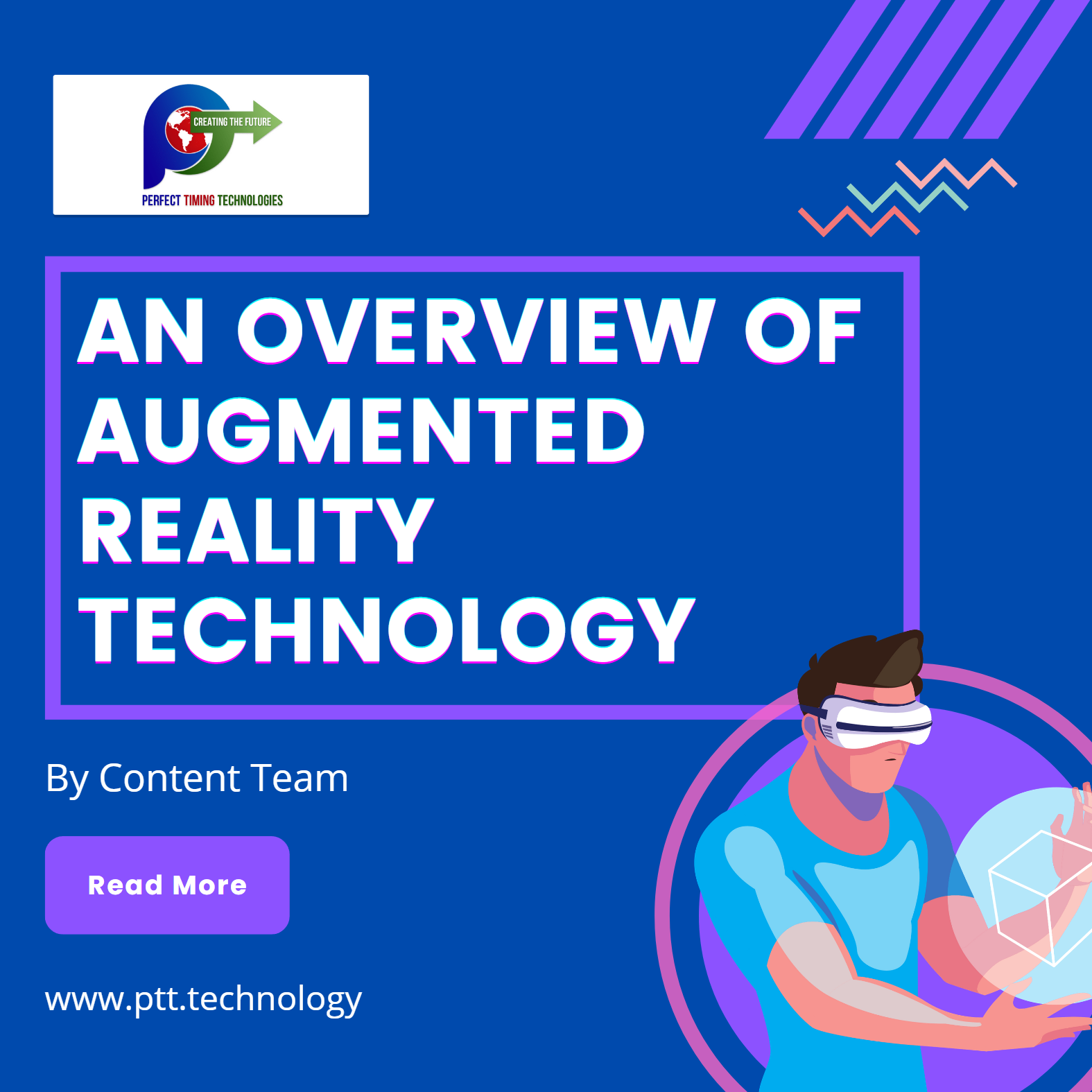
Augmented reality technology is an extension of the physical environment. This enhanced version of the natural world uses digital visual elements, sounds, and other sensory stimuli delivered through technology. AR technology is the latest trend followed by companies dealing in business applications and mobile computing solutions.
Modern world organizations have become more focused on data collection and analysis to gain business insights. As a result, the main objective of AR technology is to specify features of the natural world, closely examine those features, and gain accessible insights to apply in real-world applications. This AR-enabled big data helps companies to understand consumer behaviors and make decisions accordingly.
How does Augmented Reality work?
Augmented Reality technology is a layer of digital information added to shell the physical world. This digital layer can take many forms, such as 3D models, animations, videos, or text, and can anchor to specific locations or objects in the real world.
AR typically works by using a device, such as a smartphone or a headset, equipped with a camera, sensors, and software that recognize and track objects and surfaces in the real world. The device captures the user’s environment, and then the software processes the video feed analyzes the image, and identifies the position and orientation of objects in the camera’s view.
Once the software has identified the physical environment, it can overlay digital content onto the user’s view of the world in real-time. The users interact with the digital content by moving their devices, tapping the screen, or using voice or gesture commands. The software tracks the user’s movements and adjusts the digital content to maintain its position relative to the user’s viewpoint.
Augmented Reality is a technology that blends the digital and physical worlds to create new and exciting experiences.
Practical Examples of Augmented Reality Applications
AR has many potential applications, such as gaming, education, advertising, retail, and healthcare.
- AR in gaming applications can create immersive experiences by overlaying digital content onto the user’s view of the real world.
- In education, AR applications can enhance learning by providing interactive visual aids and simulations.
- In retail, AR applications can allow customers to try on virtual clothes or see how furniture would look in their homes before making a purchase.
- In healthcare, AR apps allow users to view in-depth 3D images of different body systems. AR has also become a learning tool for training medical students.
- In the industrial sector, AR can assist in training employees for complex tasks such as assembling machinery or operating heavy equipment.
Scope of Augmented Reality Technology for Businesses
Augmented reality technology has become increasingly important in today’s digital world. It enhances the user experience by blending digital information and the real world, allowing users to interact with digital objects naturally. It provides a more immersive and engaging experience that can improve customer satisfaction and retention.
AR can open new business opportunities and revenue streams, such as AR-based products and services. AR can also help businesses differentiate themselves and create new value for customers.
Final Thoughts
Augmented Reality has the potential to transform many aspects of our lives and revolutionize how we interact with digital information. As AR technology continues to evolve, its importance is increasing rapidly, providing more opportunities for businesses and consumers.







